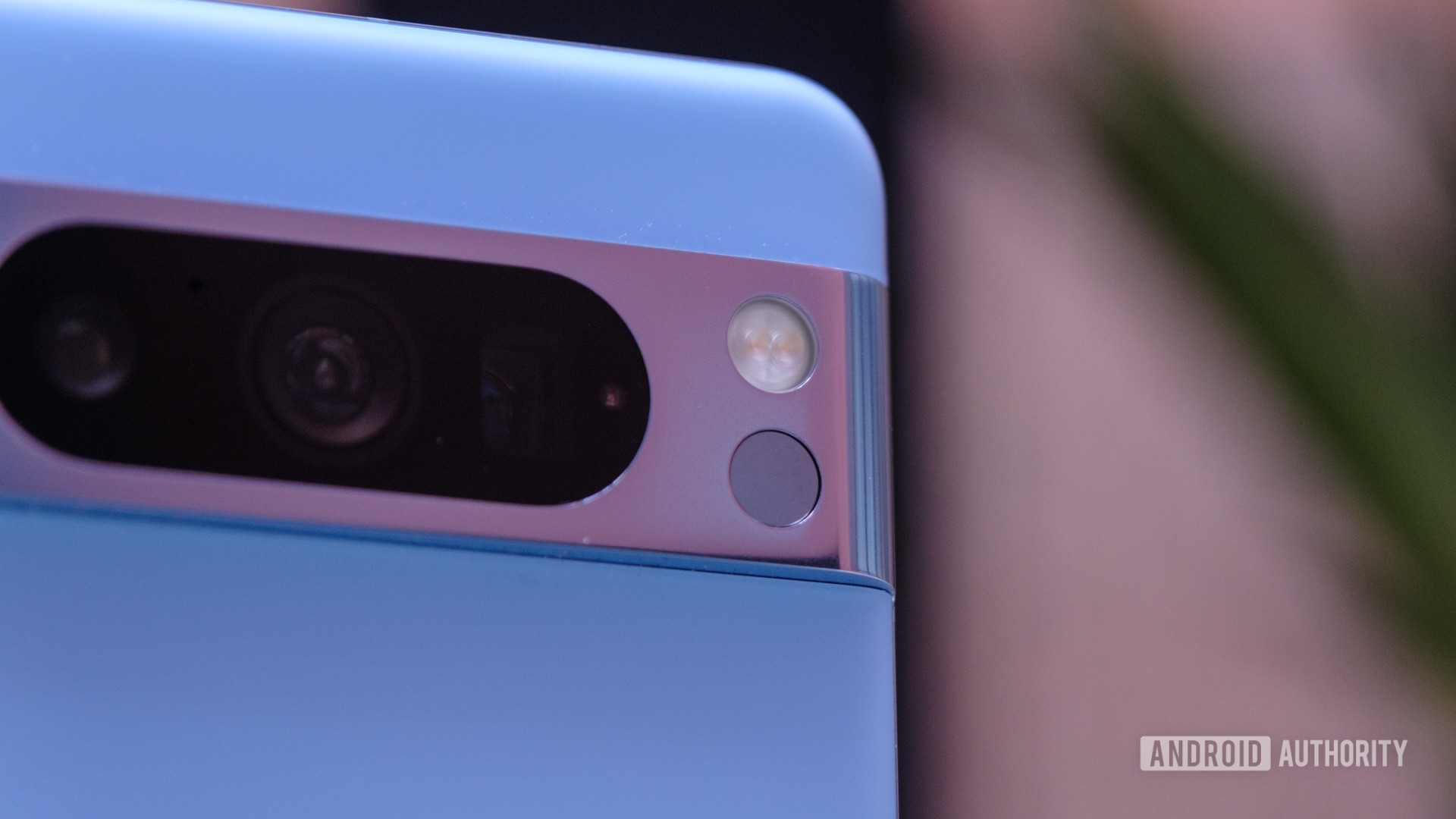
Ryan Haines / Android Authority
TL;DR
- Google recently received FDA approval for its body temperature feature.
- The Pixel 8 Pro’s thermometer works by measuring the infrared radiation your body emits and then puts the results through an algorithm to calculate body temperature.
- Google says the app’s body temperature measurements come within ±0.3 degrees C when compared to FDA-cleared temporal artery thermometers.
Google is in the process of rolling out January 2024’s Pixel Feature Drop, which includes a body temperature measuring feature for the Pixel 8 Pro. Google has now explained in detail how the feature works and how the company received FDA approval.
In the Pixel 8 Pro, there is an infrared sensor that owners can use as a thermometer. This sensor sits next to the rear camera and works together with Google’s Thermometer app. While the sensor was previously only approved for measuring the temperatures of objects, it can now also measure body temperature.
According to Google, it was able to get FDA approval after subjecting its software to multiple clinical trials. In those trials, it was found that Google’s algorithm was able to “calculate body temperature in the range of 96.9°F – 104°F (36.1°C – 40°C) to within ±0.3°C when compared with an FDA-cleared temporal artery thermometer.”
To measure body temperature with the Pixel 8 Pro, you are instructed to raise the phone to your forehead, bring the sensor as close as possible without touching, and sweep it across from the center of your forehead to the temple. Google says that when you do this, the sensor is scanning the infrared radiation — heat — from your temporal artery. This information is then passed on to the algorithm “to calculate the temperature that will be displayed on your device.”
The reason why the sensor has to be so close is because the sensor has a wide field of view — over 130 degrees. So, if the sensor is too far away, it will pick up on heat in the background. Ravi Narasimhan, a research and development technical lead at Google, adds, “Arteries are relatively small, so the closer you are, the more accurate reading you will get.
As for why you can’t just press the sensor against your forehead, Pixel product manager Toni Urban says they wanted this feature to be contactless to prevent the spread of germs. To make it easier to estimate how far away the phone needs to be, a LDAF (laser detection autofocus) sensor is used, as well as haptics and audio guidance.








